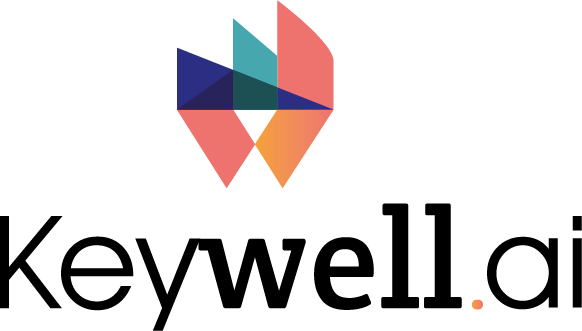The Evolving Regulatory Environment
In the rapidly evolving landscape of artificial intelligence (AI), regulatory frameworks are emerging as essential tools to guide responsible development and deployment. At the forefront of this regulatory wave is President Biden’s landmark Executive Order, a comprehensive directive aimed at ensuring America leads the world in AI innovation while safeguarding safety, security, and civil liberties. Complementing this, the Office of Management and Budget (OMB) issued a request for guidance to operationalize this order effectively, indicating a concerted effort to translate policy into practical action. At Keywell.ai, we see these frameworks as facilitators of AI adoption in healthcare and the public sector. As a data science firm committed to the responsible development of AI to improve people’s lives, we provided our input to OMB’s guidance.
What to Know about OMB’s Guidance
Under the OMB’s new guidance, federal organizations are required to appoint a Chief AI Officer within 60 days to oversee AI governance and risk management. Additionally, they must develop and publish strategies for AI use, focusing on governance and risk management. The guidance also defines “Safety-Impacting” and “Rights-Impacting” AI use cases and establishes minimum practices for evaluating them. Examples of Safety-Impacting AI include systems that affect critical infrastructure, utilities, the movement of vehicles, robotic appendages, and the transport of hazardous materials. Rights-Impacting AI affect the allocation of benefits including loan allocation, eligibility for medical treatment or government programs, and decisions about child welfare and custody. Minimum practices for rights-impacting and safety-impacting AI require agencies to AI impact assessments, real-world testing, and ongoing monitoring. Additionally, agencies are encouraged to proactively monitor systems for potential bias and disparate impacts, unintended discriminatory effects that may arise from implementation.
AI Standards Promote Adoption
We see tremendous opportunities for generative AI to improve the efficiency of interacting with government systems. Furthermore, healthcare providers will continue to see their administrative burden cut by systems that can automatically generate clinical documentation. The OMB guidance recommends a number of best practices for responsible AI development, including rigorous evaluation for bias and maintaining humans in-the-loop for important decisions. We view the proposed guardrails as important steps toward effective AI in the public sector.
See our full comment below:
Additional Resources:
Press Release on Biden’s Executive Order
OMB Guidance Draft for Public Review
Blueprint for an AI Bill of Rights





